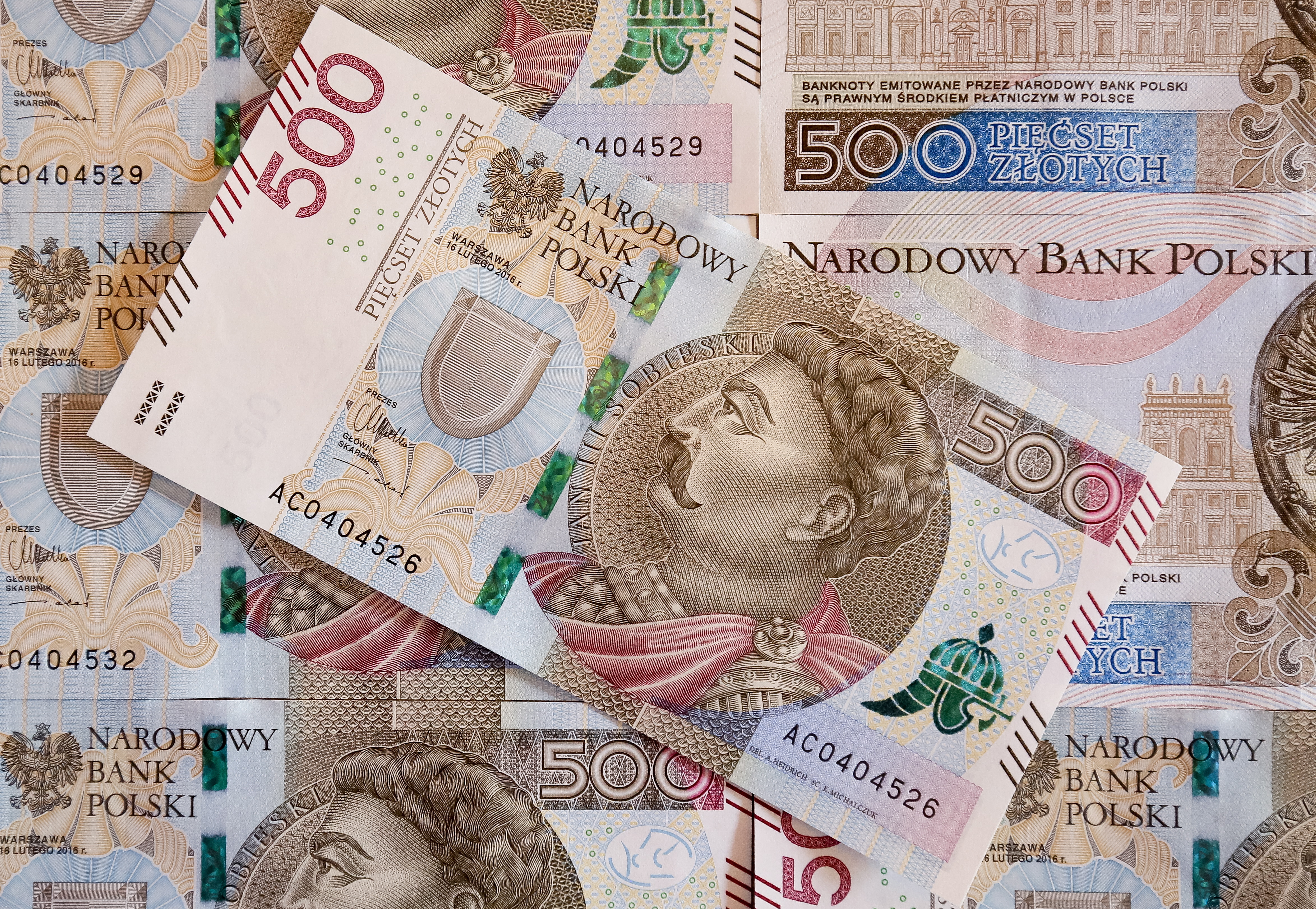Poland’s high inflation With price jumps from the pandemic
Status: 08.06.2021 8:12 a.m.
The Polish inflation rate is well above the German rate – now more than five percent. In many ways, this is a consequence of the pandemic, experts say. But when will the central bank react? From Martin Adam, ARD studio Warsaw The pandemic is not over yet when another topic is pushing the front pages of Polish newspapers. “Why so expensive?” Asks the “Gazeta Wyborcza”. The “Rzeczpospolita” replies: “We pay for growth with inflation.” In fact, what is happening in Poland is what financial experts in Germany are warning of: the inflation rate is rising – currently to a ten-year high of well over five percent, according to the standardized European calculation. That is one of the highest values in the European Union. For comparison: In Germany, the inflation rate was 2.5 percent in May .
Devaluation clearly noticeable
The devaluation of the Polish zloty is clearly noticeable, explains financial market expert Pawel Majtkowski. “Compared to last year, wages have risen by ten percent, but the prices of fruit and vegetables by 20 percent. So we are already feeling the price increases,” he says. “In addition, there are higher production costs, transport costs and the costs of higher wages.” All of this is reflected in prices. Inflation is most evident in the case of fuels. According to the national statistics office, gasoline and diesel for private cars have become more than 30 percent more expensive within a month.
“Polish economy is doing well”
But don’t panic, it’s all normal and a consequence of the corona pandemic, explains economic advisor Lidia Adamska. “Inflation in Poland reflects processes that we see in the post-Covid landscape around the world. But the Polish economy is doing well,” she says. “The gross domestic product is growing, the employment and unemployment figures are also optimistic.” There are various factors that are currently weighing on the Polish currency, only some actually have to do with the corona pandemic: The low interest rates, which are supposed to stabilize the economy, make money cheap. It is available in large quantities, which always carries the risk of being devalued. After the rapid slump last year, crude oil prices are also picking up again, making gasoline and diesel more expensive. In addition, there are higher food prices because Polish agriculture has not recovered from the past two years of drought. A bad harvest means high prices. With restaurants and hotels that are slowly reopening in Poland, demand is also increasing.
Raising the minimum wage is having an effect
The political decision at the beginning of the year to increase the gross minimum wage to 18.30 zloty per hour, the equivalent of around 4.10 euros, also has an impact. This is supposed to distribute the Polish economic boom more fairly. However, the service industry in particular, which has been shaken by the corona lockdown, is passing the higher wage costs through to customers. The bottom line is that everything will be expensive. But it will certainly be countered soon, suspects the economics expert Ignacy Morawski. “In a sense, inflation is the price of low unemployment,” he says. “I suspect the central bank will soon raise interest rates to control inflation.” When exactly this will happen and how far inflation will rise, hardly anyone in Poland has yet wanted to make a forecast.

You must log in to post a comment.